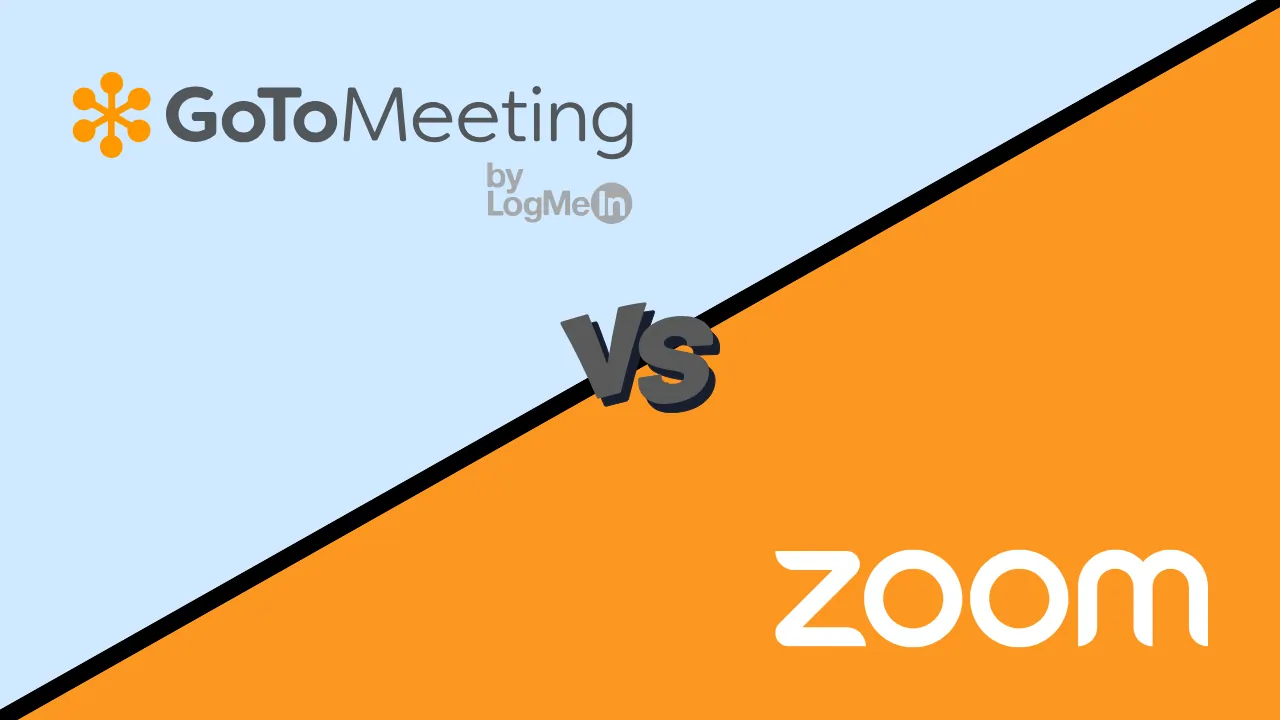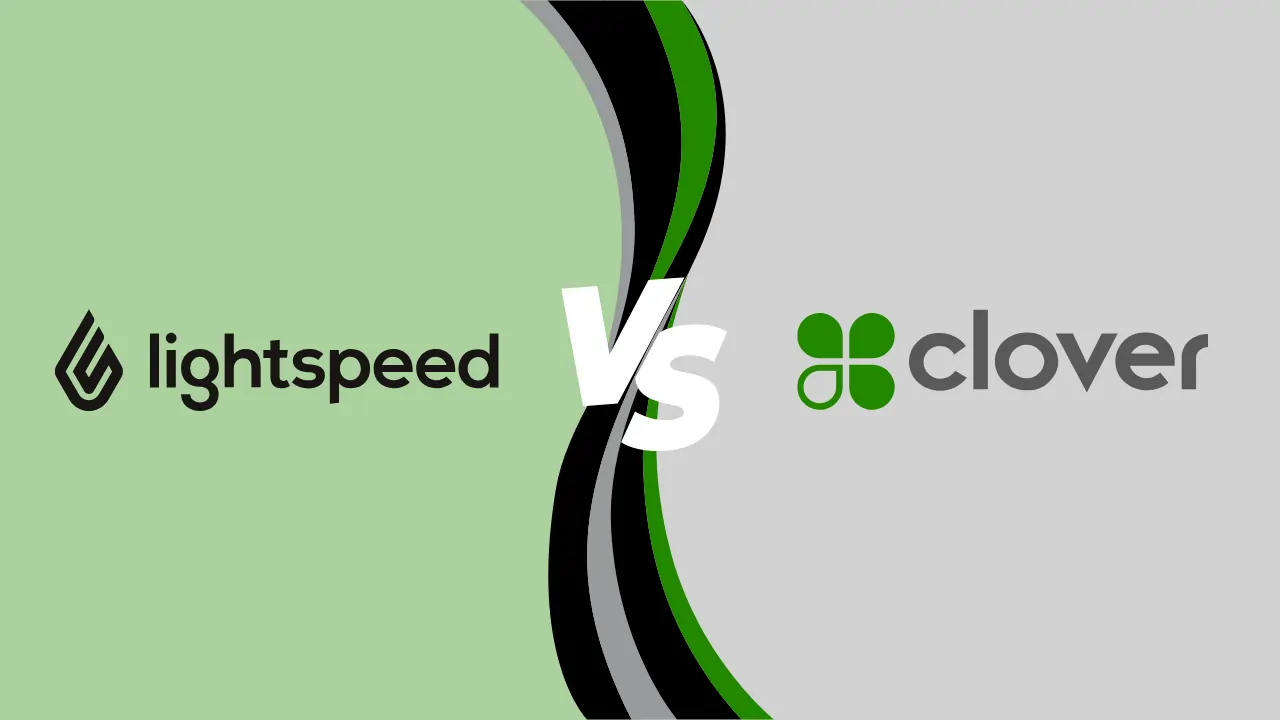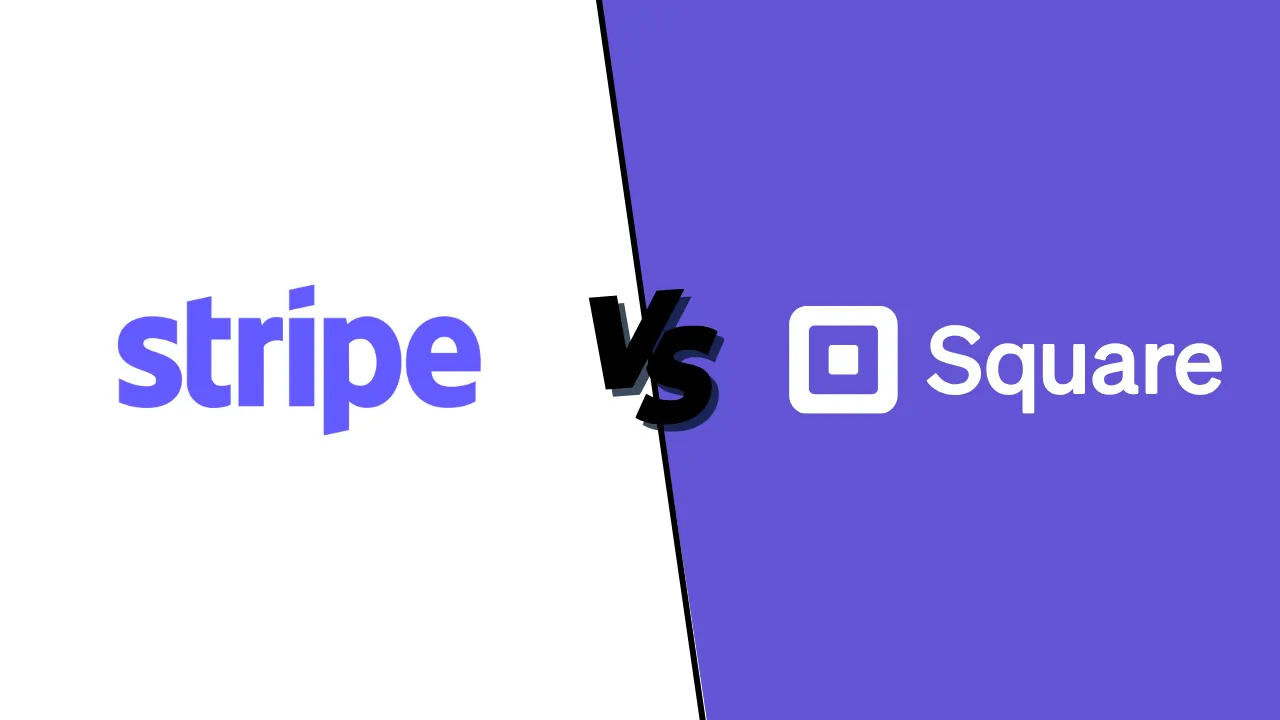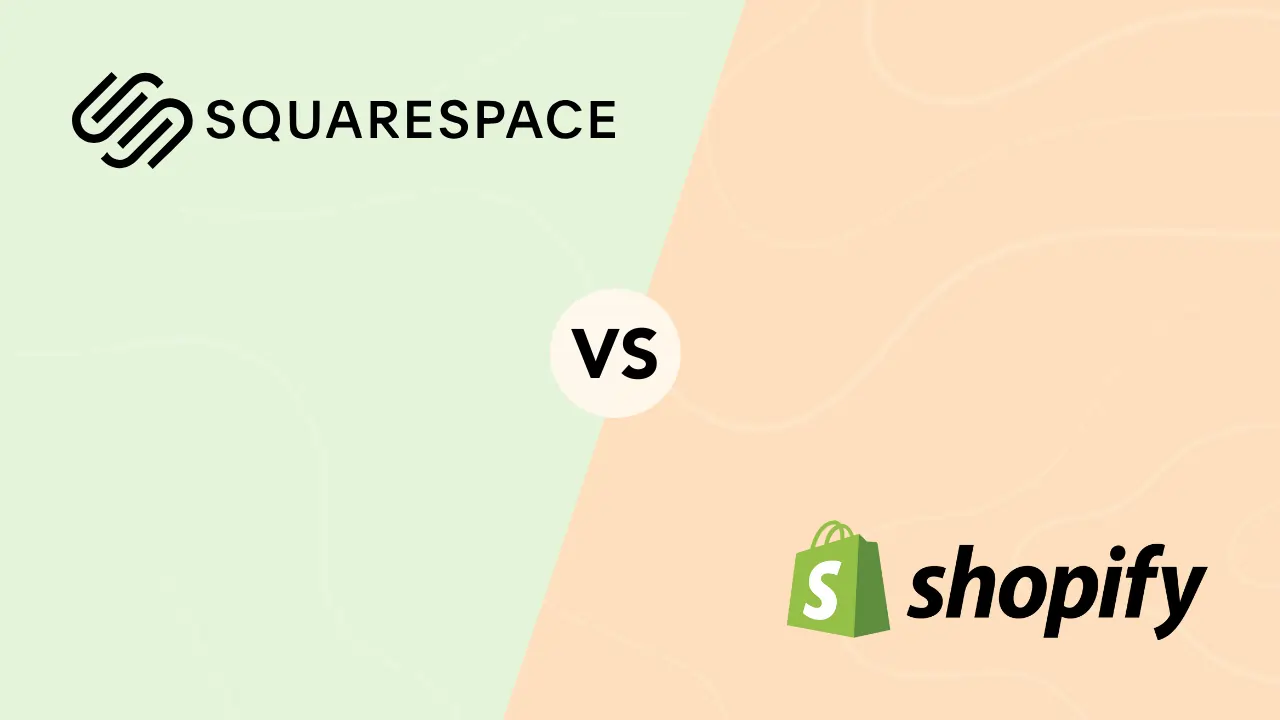Trello vs Asana: Which project management tool is best for your business?
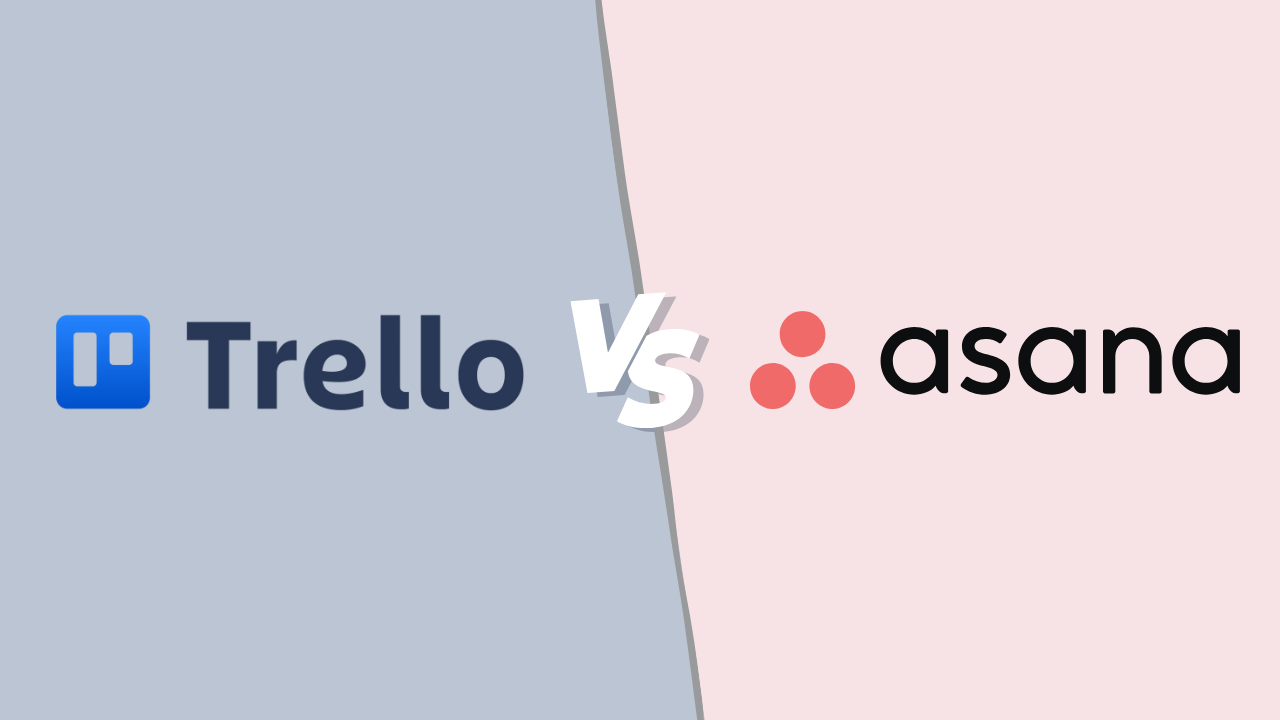
Small businesses live or die by how well they manage projects. If you’ve been searching for the right productivity tool, chances are you’ve come across Trello and Asana. Both are popular, user-friendly, and built to keep teams organized, but they take very different approaches.
This article breaks down the difference between Asana and Trello, from features to pricing, so you can decide which is best for your workflow. We’ll also compare real-world use cases, analyze return on investment, and suggest alternatives if neither tool feels like the right fit.
Key takeaways
- Trello is best for small teams or freelancers who want a simple, visual way to track tasks.
- Asana is more powerful and scalable, with multiple project views, task dependencies, and advanced reporting.
- Trello wins on ease of use and cost-effectiveness, while Asana shines for larger teams and complex workflows.
- Both offer free plans, but most growing businesses eventually need paid tiers for automation and reporting.
- Many small businesses start with Trello, then switch to Asana as processes grow more complex.
TL;DR: If you need a simple, visual tool to organize tasks quickly, Trello is the better fit. It’s intuitive, affordable, and perfect for freelancers or small teams. If your business is growing and you need advanced features like multiple views, task dependencies, and detailed reporting, Asana is the stronger choice. Think of it this way: Trello keeps things lightweight and fast, while Asana gives you more power and scalability.
Quick comparison: Trello vs Asana
| Feature | Trello | Asana |
| Best for | Visual, card-based task management | Structured project management with more complexity |
| Pricing | Free forever plan, paid tiers from $6/user/month | Free forever plan, paid tiers from $10.99/user/month |
| Learning curve | Extremely easy for beginners | Slightly steeper, but more powerful |
| Key strength | Kanban boards for simple, visual workflows | Flexible views and automation for larger teams |
| Key limitation | Limited reporting and complexity | Can feel overwhelming for small, simple projects |
What is Trello?
Trello is a Kanban-style project management tool that organizes work into boards, lists, and cards. Each card represents a task, and users can drag and drop it between lists to show progress.
Its simplicity is its biggest strength – anyone can learn Trello in minutes. For freelancers, startups, or small teams that just need a visual task tracker, Trello keeps things lean and easy.
Strengths of Trello:
- Extremely easy to learn and adopt.
- Great for freelancers, startups, or small teams.
- Free plan is generous, with unlimited cards.
- Power-Ups (integrations and add-ons) extend functionality.
Limitations of Trello:
- Limited reporting and automation.
- Few project views beyond Kanban.
- Can feel restrictive for larger, multi-project teams.
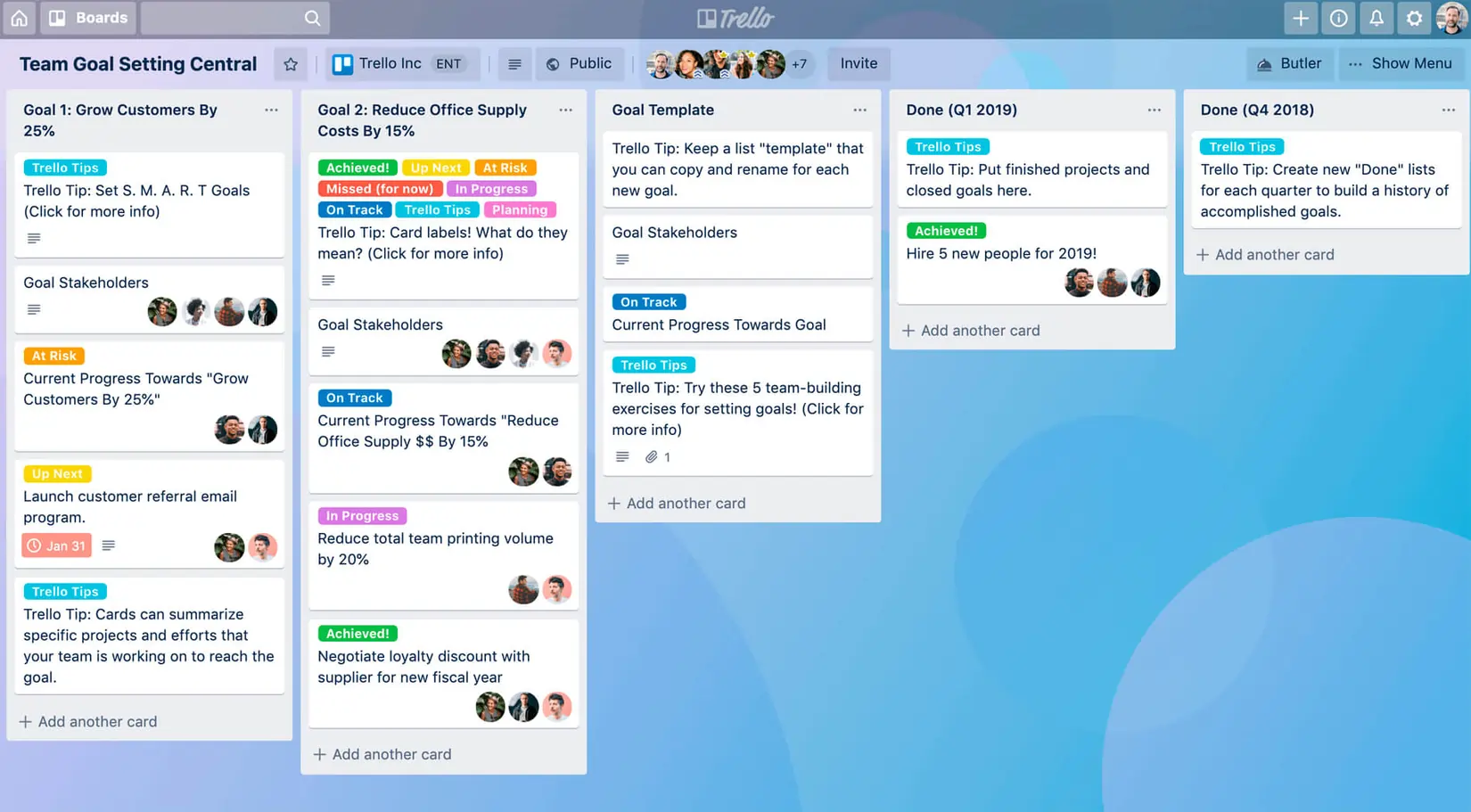
What is Asana?
Asana is a more robust project management platform, offering multiple views—list, board, timeline, and calendar—so teams can manage projects in different ways.
It also supports task dependencies, workload management, advanced reporting, and automation. This makes it more appealing to businesses juggling multiple projects, larger teams, or more structured workflows.
Strengths of Asana:
- Multiple project views out of the box.
- Task dependencies and workload management.
- Strong reporting dashboards and automations.
- Scales well for larger or cross-functional teams.
Limitations of Asana:
- Steeper learning curve than Trello.
- Pricier as team size grows.
- May feel overwhelming for smaller projects.
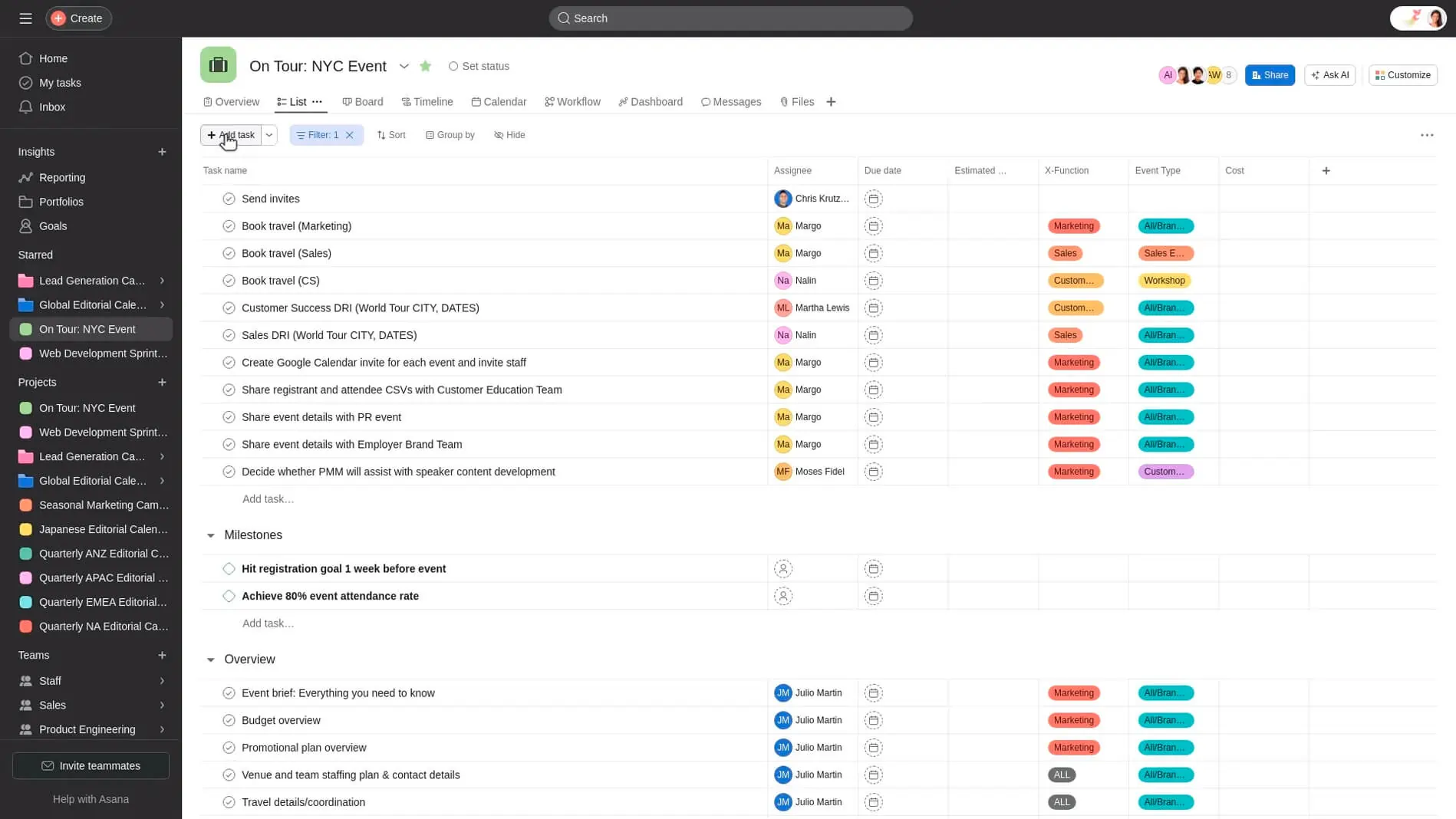
Key differences between Asana and Trello
While both tools aim to simplify project management, they’re built with different philosophies. Trello shines with its visual, card-based approach that makes task tracking effortless, while Asana is designed for teams that need more structure, reporting, and scalability.
|
Feature |
Trello | Asana |
| Ease of use | Ultra-simple, drag-and-drop system with minimal setup | More features and setup required, slightly steeper learning curve |
| Views & flexibility | Primarily Kanban boards (limited alternative views via Power-Ups) |
Boards, lists, timelines, calendars included by default |
| Team size suitability | Ideal for individuals and small teams | Better suited for medium to large or scaling teams |
| Automation & reporting | Basic automations, limited reporting | Advanced workflow automations, dashboards, and reporting |
| Integrations | 200+ integrations plus Power-Ups | 300+ integrations with broader coverage |
| Task management | Simple and intuitive, good for straightforward projects | More structured, supports task dependencies and workload management |
| Collaboration | Communication via card comments and notifications | Built-in communication channels, notifications, and cross-team coordination |
| Security | 2FA, data encryption, Atlassian Guard for enterprise | 2FA, encryption, enterprise-grade admin controls |
| Support | Knowledge base, guides, 24/7 support at enterprise tier | Tutorials, forums, guides, 24/7 support at enterprise tier |
Understanding project management tool pricing
When evaluating project management software, cost isn’t just about the monthly fee per user — it’s about how well the features align with your team’s needs. Most tools, including Trello and Asana, follow a tiered pricing model. This means you’ll typically find a free plan that covers the basics, mid-tier plans that unlock more advanced collaboration and reporting features, and enterprise options designed for larger organizations with complex security and admin requirements.
For small businesses, the biggest decision point is often knowing when to move from free to paid. Free plans are great for testing the software and handling lightweight projects, but as your team grows, you may need features like multiple project views, automation, advanced reporting, or priority support. That’s where the paid tiers come in—offering tools that can save time and reduce inefficiencies, but at a per-user monthly cost that adds up as your team expands.
Trello pricing
- Free plan: Unlimited cards, up to 10 boards per workspace, basic automation.
- Standard ($6/user/month): Unlimited boards, advanced checklists, custom fields.
- Premium ($12.50/user/month): Multiple views (calendar, timeline, dashboard), admin features, priority support.
- Enterprise (custom pricing): Security and compliance features.
For many small teams, Trello’s free or Standard plan is more than enough. If you want advanced views or reporting, you’ll need Premium.
Asana pricing
- Free plan: Unlimited tasks, projects, messages, and up to 15 team members.
- Premium ($10.99/user/month): Timeline view, workflow builder, task dependencies, reporting dashboards.
- Business ($24.99/user/month): Portfolios, workload management, advanced reporting, BI tool integrations.
- Enterprise (custom pricing): Advanced security and admin features.
Asana’s free plan is generous, but growing teams will likely need Premium for timeline and reporting features.
ROI check
For a 10-person team, Trello Standard ($6) costs $60/month, while Asana Premium ($10.99) costs $109.90/month—a difference of about $600 per year. If Asana’s automation, timelines, and reporting save even a few hours of coordination time each month, that delta can quickly pay for itself—otherwise Trello’s simplicity wins on value.
Which should you choose: Trello or Asana?
Choosing between Trello and Asana ultimately depends on the way your team operates and what you need from a project management tool.
Choose Trello if:
- You want the simplest, most visual task manager.
- Your team is small and doesn’t need advanced reporting.
- You prefer drag-and-drop Kanban over structured workflows.
Choose Asana if:
- You need multiple project views beyond Kanban.
- Your team requires task dependencies, workload planning, or reporting.
- You’re planning to scale your business and need advanced tools.
Ultimately, Trello is best for simplicity and speed, while Asana is best for depth and scalability.
What if neither Trello nor Asana feels right?
Trello and Asana are two of the biggest names in project management, but they’re not the only options out there. If neither tool fits your team’s workflow or budget, here are a few alternatives worth considering:
- ClickUp
Why choose it: Combines task management, docs, goals, and chat in one platform.
Strengths: Highly customizable, multiple project views, affordable pricing tiers.
Weaknesses: Can feel overwhelming for teams that just want simplicity.
Best for: SMBs that want an all-in-one productivity suite at a lower price point.
- Monday.com
Why choose it: A visually engaging tool with flexible boards and automations.
Strengths: Strong templates, integrations, and workflow automation.
Weaknesses: More expensive at scale, with some features locked behind higher tiers.
Best for: Teams that value visual dashboards and need to manage both tasks and processes.
- Basecamp
Why choose it: Focuses on simplicity and communication over feature overload.
Strengths: Flat pricing model (not per user), strong team communication tools.
Weaknesses: Lacks advanced features like Gantt charts or workload management.
Best for: Small businesses that want a straightforward collaboration hub without paying per seat.
Final verdict: Choose the tool that fits how your team actually works
If your day-to-day is lightweight task tracking with lots of quick status changes, Trello will feel natural and fast. Its Kanban-first approach, near-zero learning curve, and low cost make it ideal for individuals and small teams who want to see work move from “to‑do” to “done” without extra process overhead.
If you’re coordinating multiple projects, need different ways to visualize work (list, board, timeline, calendar), and rely on dependencies, workload planning, and richer reporting, Asana is the better long-term home base.
Quick decision checklist
- Do we need dependencies, workload, and dashboards today (or within 6–12 months)? → Asana
- Do we mainly need a visual board that anyone can use instantly? → Trello
- Are we optimizing for lowest cost per user now, or for cross-team visibility and scale later? → Trello now vs. Asana as we grow
Practical path: many small businesses start in Trello for speed, then graduate to Asana as processes grow more interdependent. You can also mix: keep Trello for lightweight, standalone workflows (e.g., content ideas, simple sprints) and use Asana for multi‑team initiatives where dependencies and reporting matter most.
Frequently asked questions
Is Trello free to use?
Yes. Trello’s free plan offers unlimited cards and up to 10 boards per workspace.
Does Asana have a free version?
Yes. Asana’s free plan supports unlimited tasks, projects, and messages for up to 15 team members.
Which is better for small businesses?
Trello is best for very small teams and lightweight workflows. Asana is better for growing businesses that need structured project management.
Can you use Trello offline?
Trello’s mobile apps allow some offline functionality, but full syncing requires internet access.
Is Asana worth paying for?
Yes, if your team needs features like dependencies, reporting, or timeline views. Many businesses upgrade as soon as they grow beyond the free plan’s limitations.
How do Trello and Asana compare for remote teams?
Asana offers stronger reporting and workload management for distributed teams, while Trello excels at quick, visual collaboration for smaller remote groups.
Conclusion
Both Trello and Asana are excellent project management tools, but they serve different purposes.
Summary:
- Trello: lightweight, visual, affordable.
- Asana: structured, scalable, powerful.
- Both offer free plans, but paid tiers unlock automation and reporting.
Final thought: Many businesses start in Trello for speed, then graduate to Asana as they grow. Some even use both—Trello for lightweight projects and Asana for complex, multi-team work. Compare more project management software options on Sonary to find the right fit for your business.
